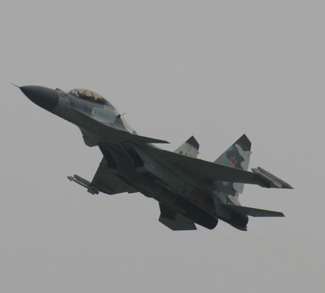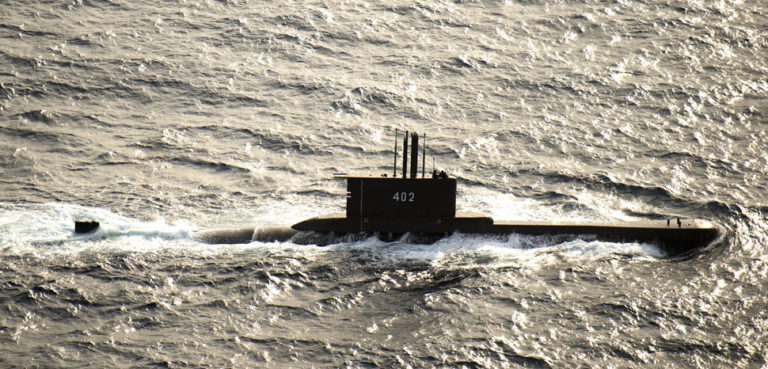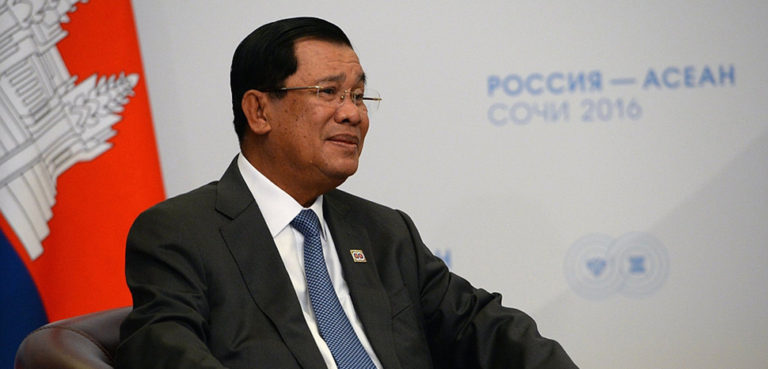After seven years of stalled negotiations, letter-writing, and haggling, the Malaysian armed forces have reportedly finally purchased a fleet of Kuwait’s long-sought-after F/A-18C/D Hornets. The advanced Boeing-built military aircraft brings a notable, if not still slightly outdated, upgrade to Malaysia’s meager Royal Air Force. It’s an impressive accomplishment, considering reports that Kuala Lumpur outbid the Tunisian military and the United States Marine Corps. However, it’s just the latest acquisition for a Malaysian military that is quickly taking the steps necessary to become a more prominent regional power player.
Traditionally, Malaysia has relied on Russian-made arms and equipment to bolster its military. Most of its fighter aircraft consist of Su-30MKMs and Su-30s, and previously MiG-29s before their retirement in 2017. In recent years, however, Malaysia has been acquiring new international partners. In addition to the recent purchase of Kuwaiti Hornets, Malaysia acquired 18 FA-50 fighter aircraft for nearly $1 billion from South Korea in 2023. Considering the Ukraine war and the dozens of international embargos being enforced against Russian weapons manufacturers, Malaysia’s move toward balancing its defense supply chains is a trend that should continue for the foreseeable future.
However, Malaysia has proven it is interested in upgrading far more than its conventional air force. Last September, Turkish Prime Minister Datuk Seri Anwar Ibrahim revealed that he had been approached by Malaysian diplomats regarding the purchase of more advanced flight systems: “We could be looking at drones and helicopters… [in line with] Turkiye’s area of specialization.” In addition, the Malaysian military recently announced the purchase of the EVA M2 Self-Propelled Howitzer from Konstrukta Defense, a leading arms producer in Slovakia.
Alongside its diversification of foreign weapons supplies, Malaysia has also begun prioritizing domestically produced arms. The Malaysian Aerospace Industry Blueprint 2030, an initiative by the Malaysian Aerospace Council, recently brought together the country’s top aircraft manufacturers in a national effort to dramatically increase production over the next decade. According to the project’s data, Malaysia already ranks second in Southeast Asia’s aerospace industry, behind only Singapore at $3 billion in market share. If successful, a substantial increase in national aerospace production would doubtless contribute to Kaula Lumpur’s already modest presence in that industry.
In its current state, the Malaysian military boasts an adequate defense apparatus. Ranked 42 out of 145 countries by Global Firepower, the $4 billion defense budget supports a modest ground force and quickly improving air force. Currently, Malaysia’s military personnel numbers 264,600, and 40% are on active duty. In addition, the nation’s mechanized forces include 48 tanks and nearly 200 pieces of artillery. When considered altogether, the relatively sufficient state of Kaula Lumpur’s armed forces begs an entirely different question: Are military upgrades, particularly the recent Hornets purchase, even necessary?
“Although offering a tempting opportunity to expand the RMAF’s fleet of legacy Hornets, the type is rapidly reaching technological obsolescence,” Dr Olli Pekka Suorsa, an Assistant Professor at Rabdan Academy, wrote for Fulcrum. “A larger fleet of ageing aircraft may quickly prove burdensome to maintain, which would add to the already serious fleet sustainment problems faced by the RMAF. Refocusing the government’s limited defense modernization budget to expand the successful LCA program or accelerate the MRCA program would help future-proof the RMAF against threats.”
In the end, the ultimate utility of military upgrades is in the eyes of the beholder. To some, too much financial overhead for already relatively outdated pieces of hardware cancels out any possible gains. To others, it’s the next step for a state that is quickly growing and requires an increased defense apparatus. However, these recent improvements demonstrate that Malaysia is determined to cement its place as an up-and-coming power in Southeast Asia and possibly beyond.
The views expressed in this article belong to the author(s) alone and do not necessarily reflect those of Geopoliticalmonitor.com.




